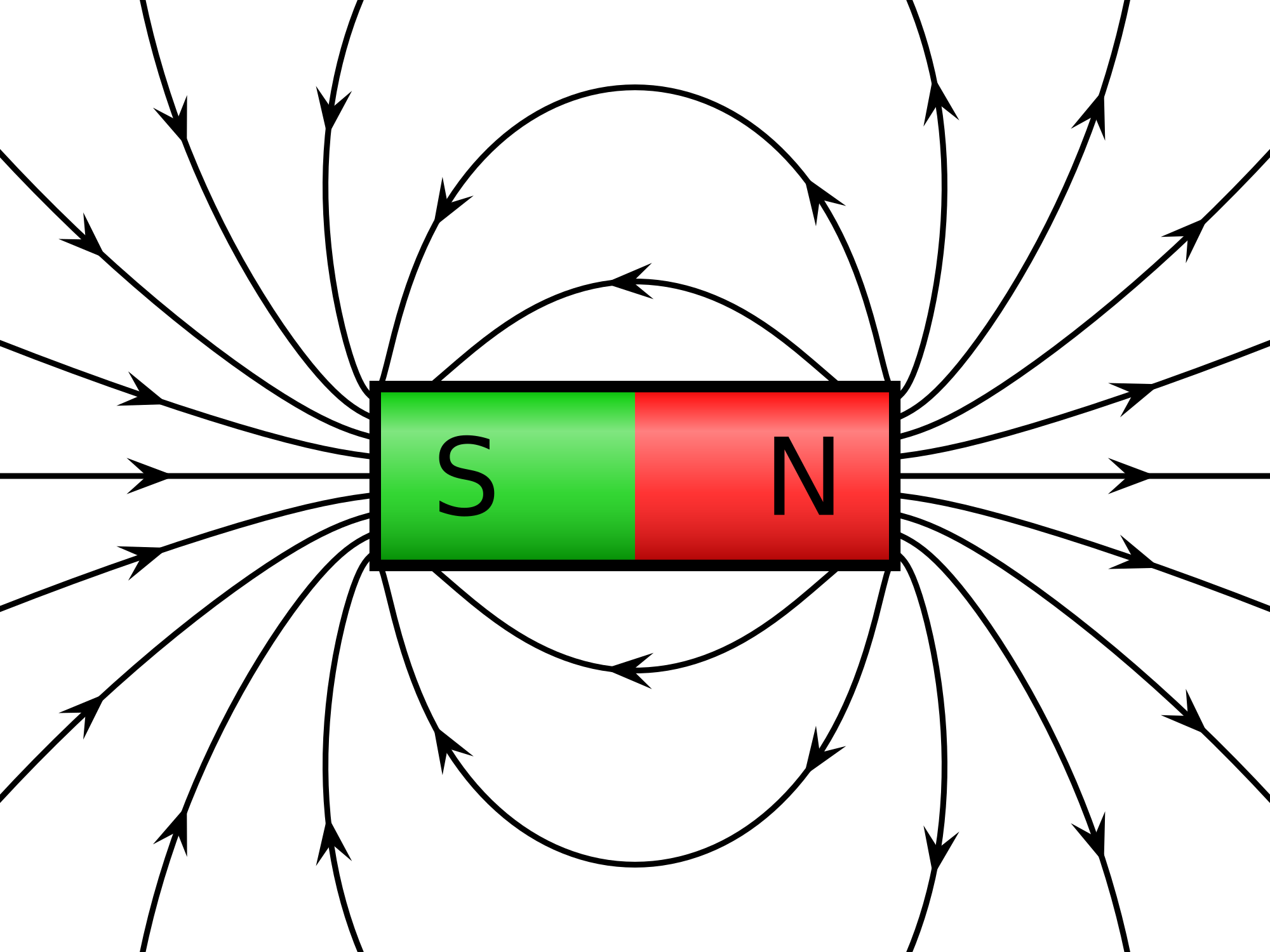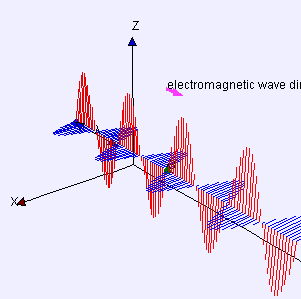“Right is of no sex-Truth is of no color-God is the father of us all, and all we are brethren.” – Motto of Frederick Douglass’ paper The North Star.
In 1847, Frederick Douglass founded the paper The North Star in Rochester, New York. As one would expect, it pertained to the abolitionist movement but also to women and educational rights as well. The title for the paper came from the star that gave direction for tens of thousands of slaves who, via the Underground Railroad (Douglass himself had found freedom on a real above ground train.), made their way to points north towards non-slave states and into Canada. The Underground Railroad was not a railroad per se, but a network of safe houses for slaves to stop by on their journey to freedom. The celestial North Star not only provides direction, but can tell you what latitude you currently are located.

The North Star is formally known as Polaris, derived from the Latin phrase stella polaris or star near the pole. The North Star is situated in space almost directly above the North Pole. As a result, the North Star appears stationary in the sky as the Earth rotates as can be seen in the time lapse image atop this post. The North Star is located in the Little Dipper at the tip of the handle. A common error is to think the North Star is located at the tip of the nearby, more prominent, Big Dipper. You can, however, use the Big Dipper to help locate the North Star.

The two stars at the end of the Big Dipper will point you directly to the North Star Polaris. Once you locate Polaris, you have given yourself a sense of direction. You can also determine your latitude as well.
Latitude and longitude can be a source of confusion. Latitude is a measure of north-south direction while longitude is a gauge of east-west direction. This coordinate framework is of European origin and you can remember it in terms of European explorers sailing west to the Americas. Longitude is a measure of how “long” one traveled on those trips and latitude is a measure of lateral “up and down” movement.

If you are at the North Pole, the North Star will lie directly overhead or 90 degrees above the horizon. The North Pole is also located at 90 degrees latitude while the equator is at 0 degrees latitude. If you were to trek down from the North Pole to the equator, for every degree latitude south you travel, the North Star would drop one degree towards the horizon. Eventually, as you reached the equator, the North Star would lie at the horizon. Thus, your present latitude is equal to the degree the North Star is above the horizon.
If one were to travel from Atlanta, which is 33 degrees latitude to Buffalo which is located on the Canadian border at 43 degrees latitude, the North Star would rise from a third above the horizon to the overhead point to almost halfway above the horizon towards the overhead point. This is why navigators would use sextants to measure the altitude of the North Star above the horizon. Those making their way on the Underground Railroad did not have access to such technology. Instead, they made their way via verbal and musical instructions. The Little Dipper was referred to as the Drinking Gourd, a reference to hollowed out gourds slaves used to dip into water. So what exactly were the slaves following to freedom?
Polaris is a star that has a radius fifty times larger than our Sun. The supergiant is about the same temperature as the Sun, but as a result of its size, is some 2,000 times brighter. It is located 434 light years away. That means when you look at Polaris, the light photons entering your eyes left Polaris around the year 1588 or around the same time the Spanish Armada was defeated. Polaris is not alone. It has two companion stars, Polaris B and Polaris Ab. Polaris B can be seen with the aid of a small telescope, but Polaris Ab required the resolving power of the Hubble to image it. The result is below.

Polaris itself is a Cepheid variable star that dims and brightens over a cycle lasting about four days. The change in brightness is too small to detect with the naked eye. Polaris has not always been the North Star, and in the future, will cease to be the North Star. This is caused by the precession of Earth’s axis. The video below demonstrates this effect.
Over a 26,000 year period, the Earth’s axis rotates in a circle much like a spinning top. During this cycle, the Earth’s axis will point to other stars than Polaris so that multiple stars take on the role as the North Star. At times, the Earth’s axis does not point to any star at all meaning no star serves as a North Star. The image below shows how the North Celestial Pole, the point in space directly above the Earth’s North Pole, migrates during the 26,000 year axial precession cycle.

Today, Polaris is actually about a half degree off from the North Celestial Pole. Polaris will continue to move closer to the North Celestial Pole until March 24, 2100. After that, Polaris will move away from the pole and will eventually lose its status as the North Star until the Earth’s axis completes another 26,000 year precession cycle. For now though, we get to gaze upon Polaris as the North Star as many have in our recent history, including those on the Underground Railroad making their way to freedom.
Today, the stars are rarely used for navigation. In particular, GPS has rendered stellar navigation as obsolete. While technology has changed the North Star’s role as a navigational aid, human nature has not evolved as much. The Polaris Project, named for the star used formally by Americans to escape slavery, combats human trafficking and slavery around the globe today. Polaris continues to be an inspiration for those seeking freedom from the worst kind of oppression humanity has to endure. It is a history that few, if any, celestial objects can match.
*Image on top of post shows the stationary North Star Polaris in time lapse photography. Credit: © Copyright Ashley Dace and licensed for reuse under this Creative Commons Licence






































